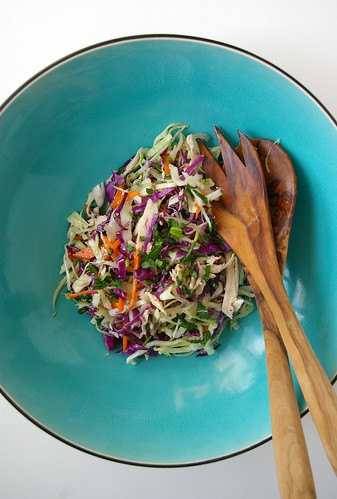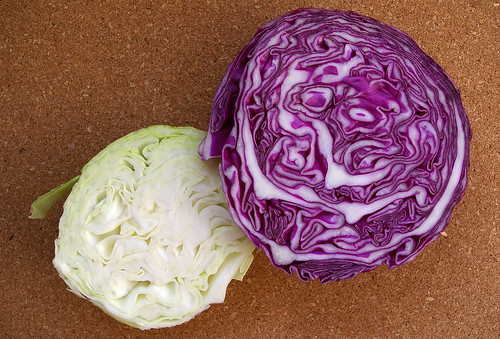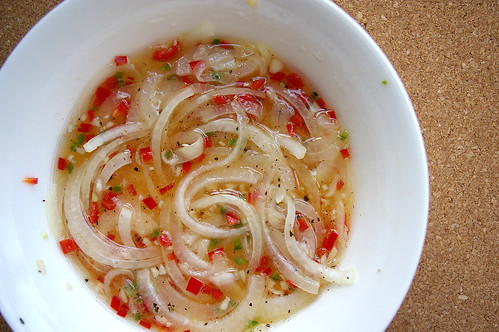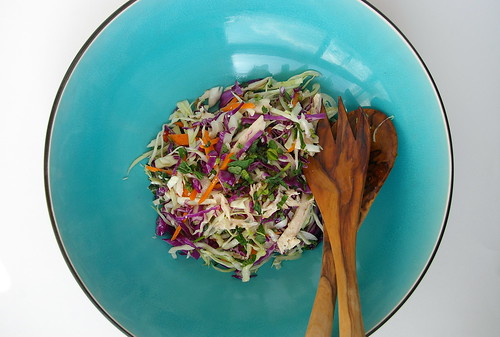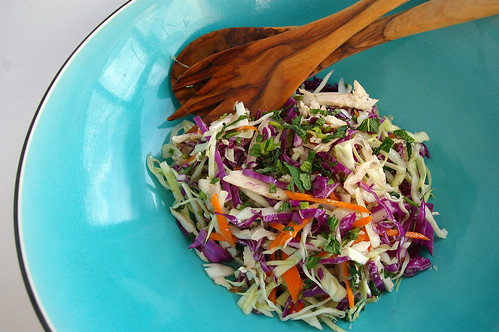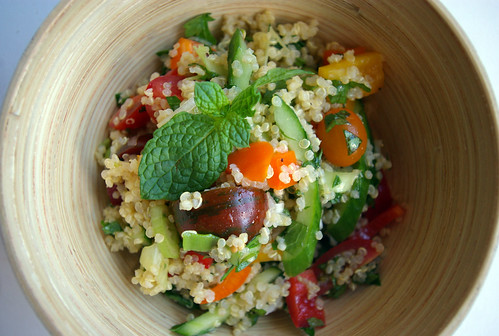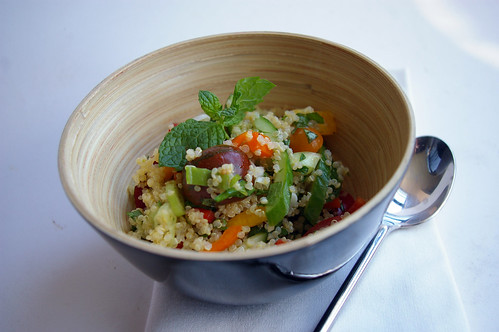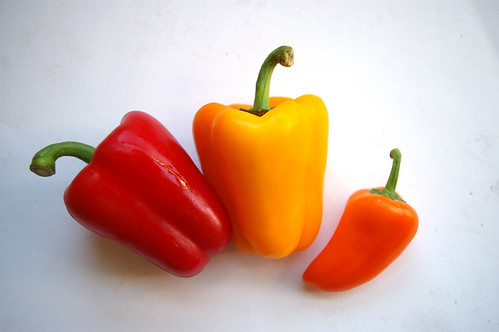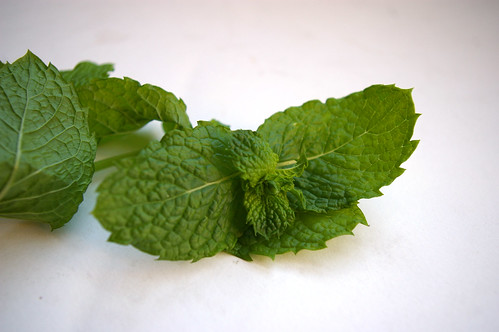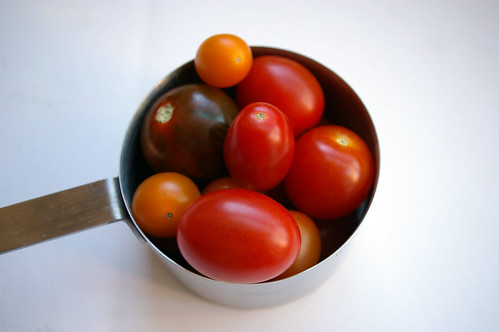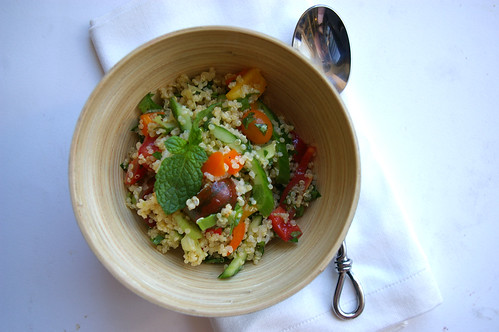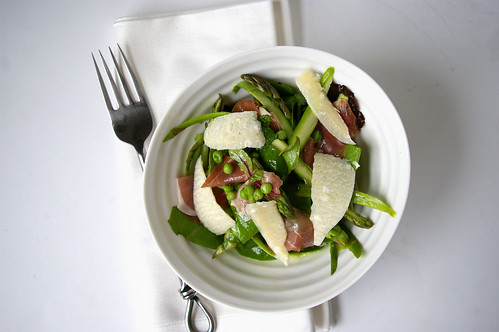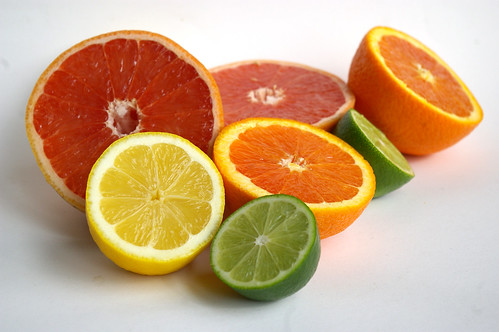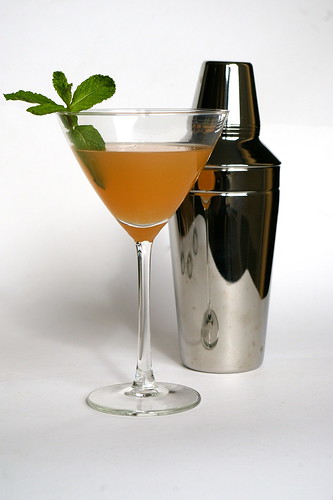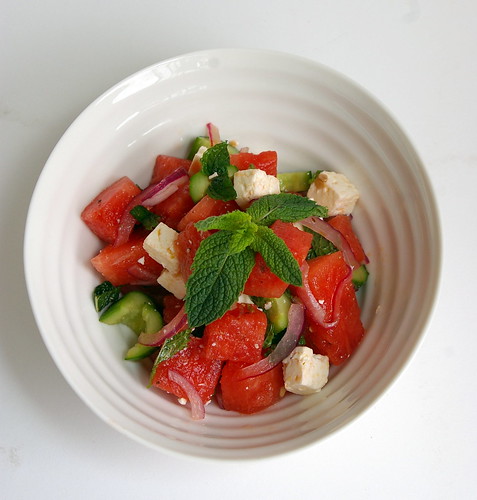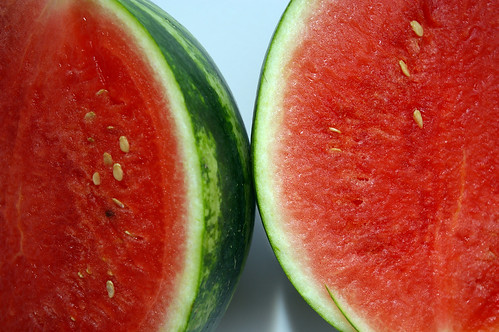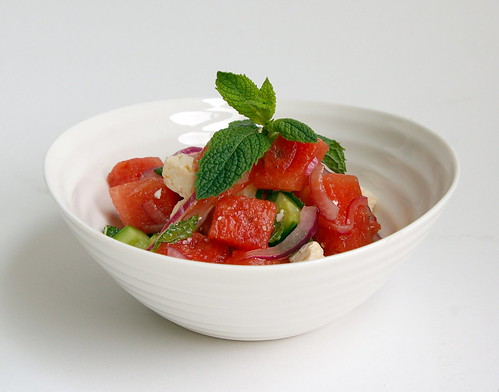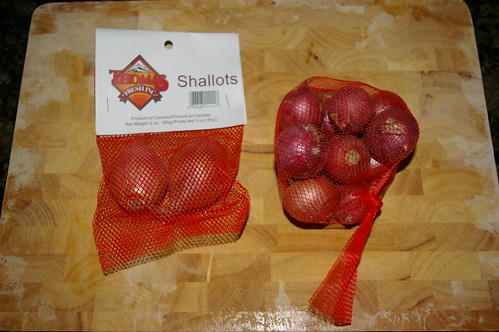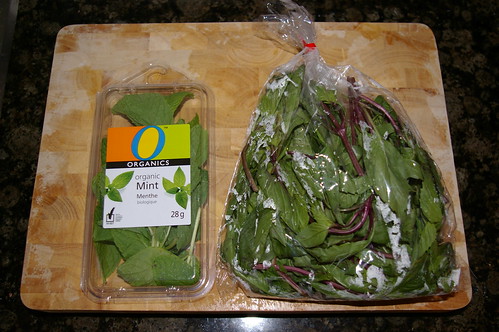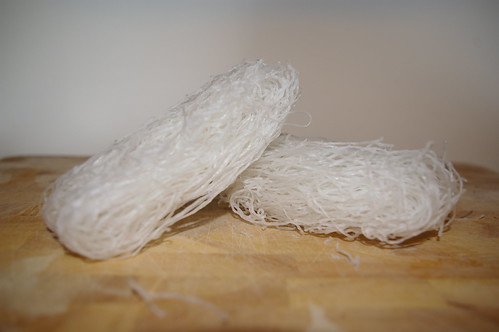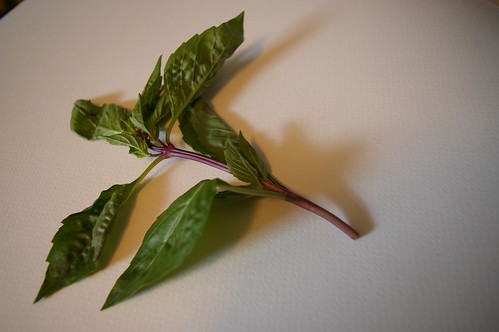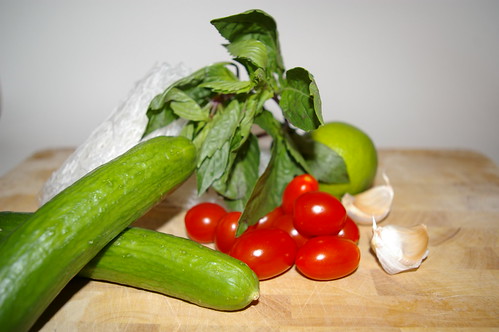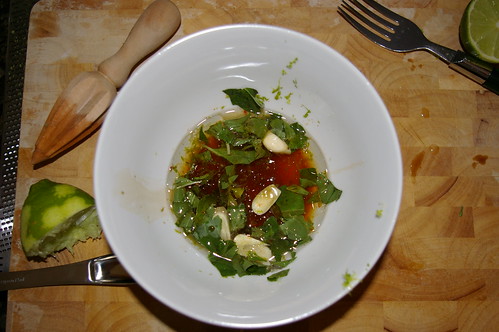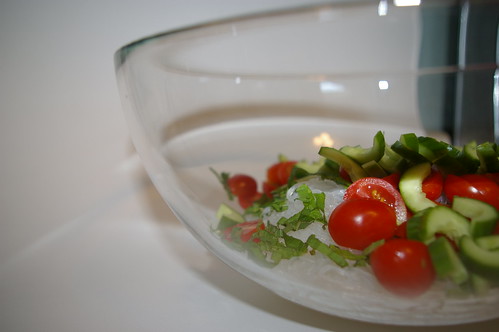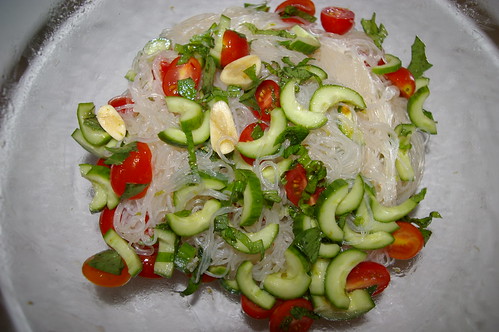I love my cookbook collection. And I enjoy lazy weekend afternoons flipping through these books, searching for cooking projects and ideas.
Some I have flagged with Post-it Notes already – markers of past inspiration. Others I remember from past cooking adventures (successful and otherwise). And still more are like bumping into old friends.
It’s an instant reconnection to recipes I have loved, forgotten about and am instantly stumped as to why I don’t make them more often.
This salad falls into that last category.
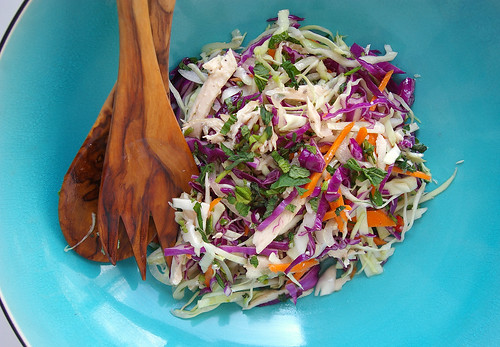
The fact that it’s a salad speaks volumes.
But there’s something about this combination of cooling cabbage and mint with heat from the chili, sour of lime and salty fish sauce – with slices of chicken to make it all a bit more robust – that has me making this each time I rediscover it in Nigella Lawson’s Nigella Bites.
Bonus: It’s easy to put together.
Double bonus: Cabbage is really, really cheap.
Although Lawson calls for white cabbage, I like to mix purple and green because the colours – against the bright orange carrot, the wisps of dark green mint and flecks of red chili – make it a dish that’s also tasty to the eyes.
The onions get soft and lose some of their bite by marinating in the dressing – a trick of Lawson’s that she also uses in her very fine recipe for Greek salad. They mellow as they sit in the lime juice and rice wine vinegar, taking on some of the slight sweetness of the bit of sugar as well.
As they sit, it’s quick to pull the rest of the salad together.
Some quick slicing of the cabbage, grating or julienning the carrot, as well as chopping up the chicken and you just about have enough time to tidy up before the onions are ready.
It’s a great way to use up leftover cooked chicken, though I have been known to cook some just to make this salad.
And, with all due respect to Lawson who says this will serve two to four people, I have been known to eat the entire thing. (Though, arguably, there are worse things to fill up on.)
I look forward to bumping into this recipe again.
Maybe I should flag it, so it won’t take quite as long.
Vietnamese Chicken and Mint Salad
Fish sauce is quite salty, so resist the urge to add any salt before the salad has been tossed well. The dressing doesn’t always look like it will coat all that cabbage and chicken, but it will.
- 1 chili, preferably a hot Thai one, seeded and minced
- 1 fat garlic clove, peeled and minced
- 1 tbsp (15 mL) sugar
- 1 1/2 tsp (7 mL) rice vinegar
- 1 1/2 tbsp (22 mL) lime juice
- 1 1/2 tbsp (22 mL) fish sauce
- 1 1/2 tbsp (22 mL) vegetable oil
- 1/2 medium onion, finely sliced black pepper
- 7 oz (200 g) cabbage, shredded
- 1 medium carrot, shredded, julienned or grated
- 7 oz (200 g) cooked chicken breast, shredded or cut into fine strips
- 1 bunch mint, about 1 oz/30 g
In a bowl, combine the chili, garlic, sugar, vinegar, lime juice, fish sauce, oil, onion and black pepper to taste.
Put to one side for half an hour. Then, in a big plate or bowl, mix the cabbage, carrot, chicken and mint. Pour over the onion-soused, chili-flecked dressing and toss very well – slowly and patiently – so that everything is combined and covered thinly. Taste to see if you need salt or pepper.
Serve on a flat plate with maybe a bit more mint chopped on top.
Serves 2 to 4.

